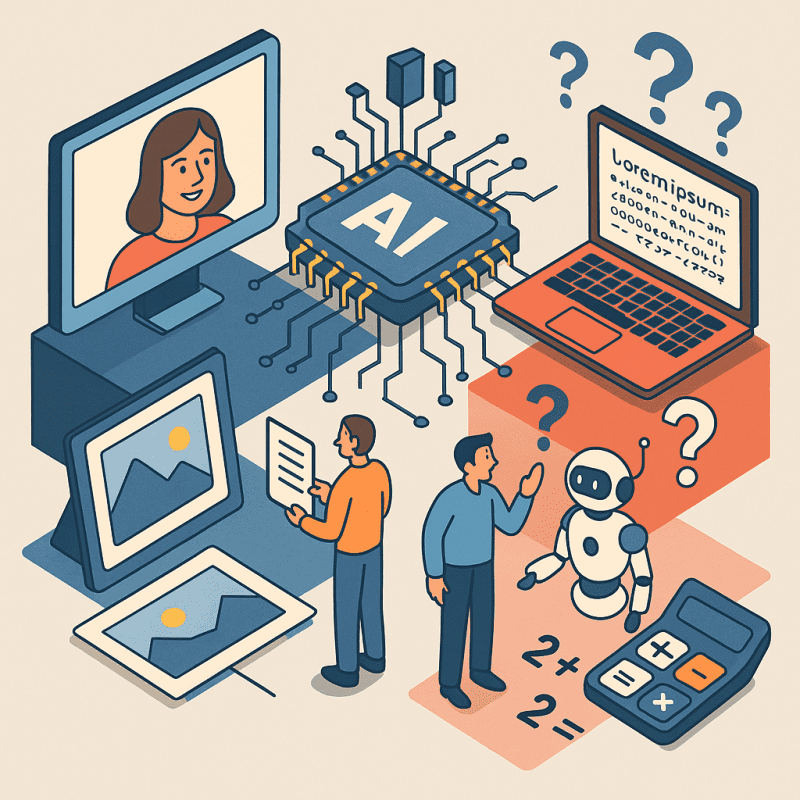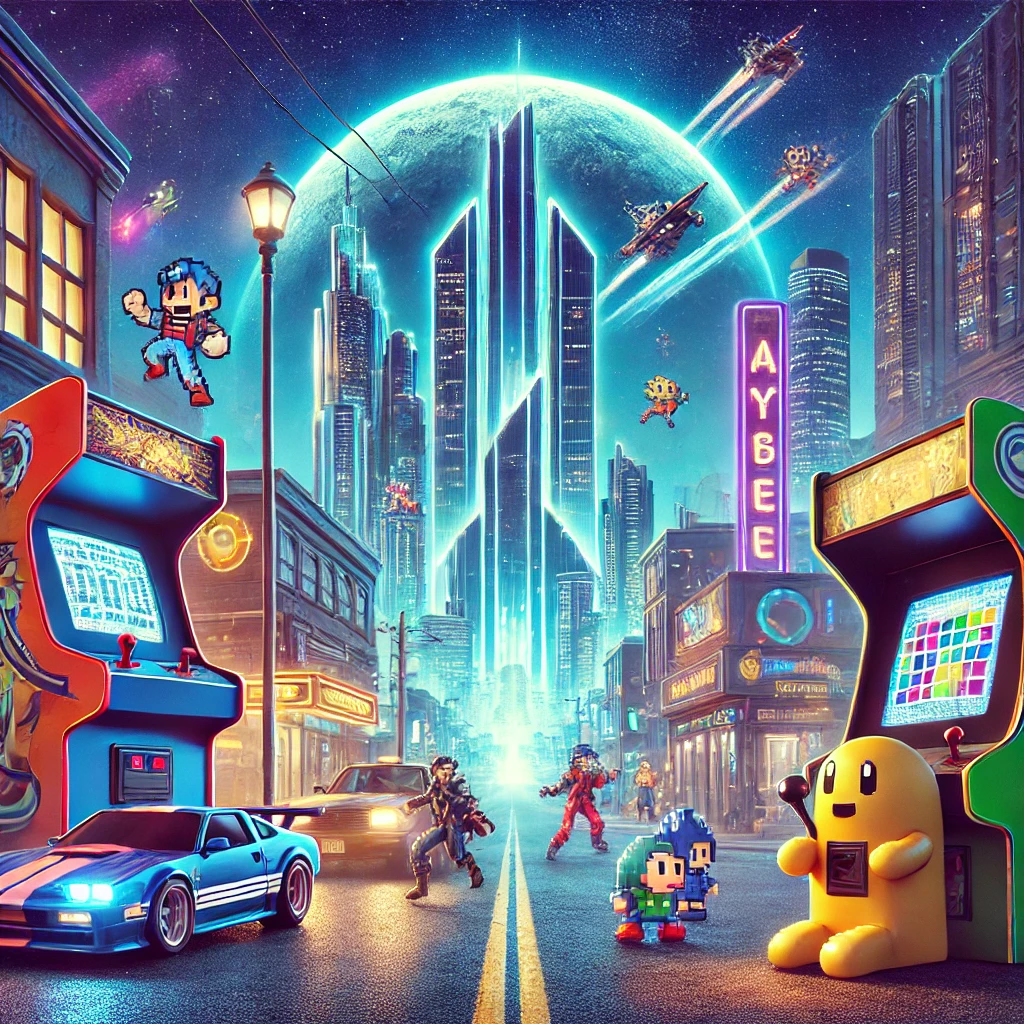Table of Contents Show
Generative AI is the new golden child of the tech world. From viral deepfake videos to eerily accurate chatbots, it has become a buzzword in boardrooms and a core tool in everything from design to data science. But let’s not pretend it’s perfect. Like any rapidly evolving technology, generative AI has its strengths – and glaring weaknesses.
In this no-nonsense guide, we’ll break down exactly where generative AI excels, and where it still falls flat on its digital face.
What Generative AI Is Really Good At
1. Text Generation and Content Summarization
Generative AI shines when it comes to producing human-like text. Tools like ChatGPT, Claude, and Gemini can write essays, summarize reports, answer questions, and even simulate specific tones or writing styles.
Use Cases:
- Drafting emails
- Writing articles
- Summarizing legal documents
- Translating language
It’s particularly handy in customer service, education, and content creation where clarity, grammar, and speed matter more than deep originality.
2. Image Generation
Text-to-image models like DALL•E, Midjourney, and Stable Diffusion have changed the game for designers and artists. These tools can quickly create artwork, illustrations, mockups, and visual concepts based on prompts.
Use Cases:
- Marketing assets
- Comic book drafts
- Architectural concepts
- Fashion design
They drastically reduce time and cost in creative ideation.
3. Code Assistance
GitHub Copilot and tools like CodeWhisperer help programmers write code faster, debug more efficiently, and automate routine coding tasks. They’re excellent for repetitive patterns and syntax prediction.
Use Cases:
- Autocompletion
- Code translation (e.g., Python to JavaScript)
- Basic debugging
- Documentation generation
This doesn’t replace developers but augments them, like a highly skilled pair programmer who never sleeps.
4. Personalization at Scale
AI can generate product descriptions, ad copy, or customer emails customized for each user. This has transformed marketing, e-commerce, and sales.
Use Cases:
- Product recommendations
- Personalized emails
- Chatbots for customer support
- Dynamic website content
This type of hyper-personalization is hard to scale with human labor alone.
5. Language Translation
Large Language Models (LLMs) are great at translating both short snippets and long-form content across dozens of languages. They often rival traditional tools like Google Translate and can even detect nuances in context.
Use Cases:
- Website localization
- Real-time communication in chat apps
- Translating research papers or technical documentation
Where Generative AI Still Sucks
1. Factual Accuracy
Generative AI can sound confident but be completely wrong. It can “hallucinate” facts, make up citations, or blend true and false information convincingly. This makes it unreliable for research or journalism without human verification.
Example:
Ask it for a list of Nobel Prize winners, and it might invent names or mix up categories.
2. Mathematical and Logical Reasoning
Despite its ability to mimic intelligence, AI often fails basic math and logical puzzles. LLMs aren’t calculators; they predict text based on patterns, not actual computation.
Example:
It might tell you that 19 x 21 = 420. (Spoiler: It’s 399.)
3. Real-Time or Fresh Knowledge
Generative AI often works off data that is months or years old. Unless connected to a live search tool or plugin, it doesn’t know what happened yesterday.
Example:
It might not know about the most recent stock market crash, political event, or product release.
4. Emotional and Social Intelligence
AI can’t truly understand emotions. It can mirror sentiment, but it doesn’t “feel” or pick up on subtleties like sarcasm, passive-aggressiveness, or cultural context in the way humans do.
Example:
AI might respond cheerfully to someone venting frustration, which can make things worse.
5. Originality and Creativity
Sure, AI can remix existing content into something new, but true creativity – the kind that breaks patterns, invents genres, or questions norms – is still a human domain.
Example:
It might write a Shakespearean sonnet, but it won’t invent a new poetic form or movement.
Comparison Table: AI Strengths vs. Weaknesses
| Domain | Strengths | Weaknesses |
|---|---|---|
| Text Generation | Fast, coherent, grammatically sound | Can hallucinate, lacks deep insight |
| Image Creation | Quick, versatile, visually compelling | Struggles with detail consistency |
| Code Generation | Great for boilerplate and syntax help | Weak at complex architecture |
| Personalization | Scalable, efficient, user-targeted | Can seem generic or uncanny |
| Language Translation | Context-aware, fluent | Errors in idioms and technical domains |
| Factual Data Retrieval | Wide knowledge base | Outdated info, inaccurate specifics |
| Emotional Understanding | Tone imitation | Misreads context and subtlety |
| Creativity | Idea remixing | Lacks originality and intuition |
So Where Is It Most Useful?
Generative AI excels in areas where:
- The cost of error is low (e.g., writing social media posts)
- Speed and volume are essential (e.g., marketing copy, support chats)
- The goal is augmentation, not autonomy (e.g., helping a writer brainstorm)
It’s like a very fast intern who never sleeps but still needs a senior to check their work.
And Where Should You Be Cautious?
Use it with skepticism in:
- Scientific research
- News reporting
- High-stakes legal or financial writing
- Deep emotional or therapeutic contexts
AI can’t (yet) replace ethics, empathy, or experience.
Why the Hype?
Much of the buzz around AI is investor-driven. Companies are racing to deploy AI features for fear of being left behind. But not all of these features are useful, and some are downright gimmicky.
The real revolution is not in replacing humans, but in augmenting them.
“Generative AI will not replace you. A person using generative AI might.”
That’s the bottom line.
Promising Areas of Development
Several new areas are being actively explored:
- Multimodal Models: AI that understands and generates across text, image, audio, and video.
- Retrieval-Augmented Generation (RAG): Combines LLMs with live databases or the internet.
- Chain-of-Thought Reasoning: New techniques to help AI reason step-by-step.
- Open-Source Models: Like Meta’s LLaMA or Mistral, giving developers more freedom to innovate.
Human-in-the-Loop Is Non-Negotiable
Until generative AI stops making dumb mistakes with confidence, it needs a human editor. The best results come from people who know how to:
- Ask smart prompts
- Refine outputs
- Fact-check results
- Use the tool for inspiration, not replacement
Final Thoughts
Generative AI is a powerful tool – and like any tool, it depends on the skill and judgment of the person using it. It’s excellent at pattern recognition, remixing content, and accelerating workflows. But it lacks true understanding, real-time context, and the ability to care.
If you’re using generative AI, great. But don’t get lazy. You’re still the one responsible for quality, truth, and impact.
For further reading:
- MIT Technology Review on AI hallucinations
- Stanford report on the limitations of large language models
Use AI. Just don’t outsource your brain.









